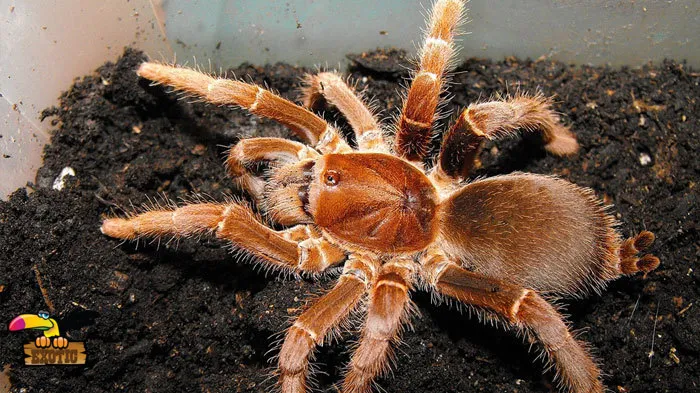What is a King Baboon Tarantula Sling
The King Baboon Tarantula sling, a captivating juvenile form of the Citharischius crawshayi, presents an intriguing subject for both novice and experienced arachnid enthusiasts. These slings are essentially the spiderlings or baby tarantulas, representing the initial stages of growth before reaching adulthood. Understanding these early phases is critical for providing appropriate care, as slings have unique needs compared to mature tarantulas. Their small size and vulnerability demand careful attention to ensure their survival and healthy development. These fascinating creatures offer a unique glimpse into the life cycle of one of the world’s most intriguing arachnids, making them a rewarding subject for observation and care. Their rapid growth and changes provide a compelling case study for understanding the intricacies of tarantula biology and behavior. The term “sling” in this context emphasizes their small, vulnerable state, highlighting the importance of specialized care during this crucial period. This is especially important, since the slings are very delicate and need a very specific living environment.
Origin and Habitat of King Baboon Tarantula Slings
The King Baboon Tarantula originates from the savannas and grasslands of East Africa, including countries like Kenya and Tanzania. In their natural habitat, these tarantulas are terrestrial, meaning they primarily live on the ground. The slings, being the young, inherit this same lifestyle, burrowing into the soil or finding shelter under rocks and logs. Understanding their natural environment is vital for replicating it in captivity. This includes knowing the specific temperatures, humidity levels, and substrate preferences of their wild counterparts. Recreating their native environment allows the slings to thrive and exhibit natural behaviors. Providing a comfortable and familiar environment is essential to their well-being, and is a central part of their care.
Where Do They Come From
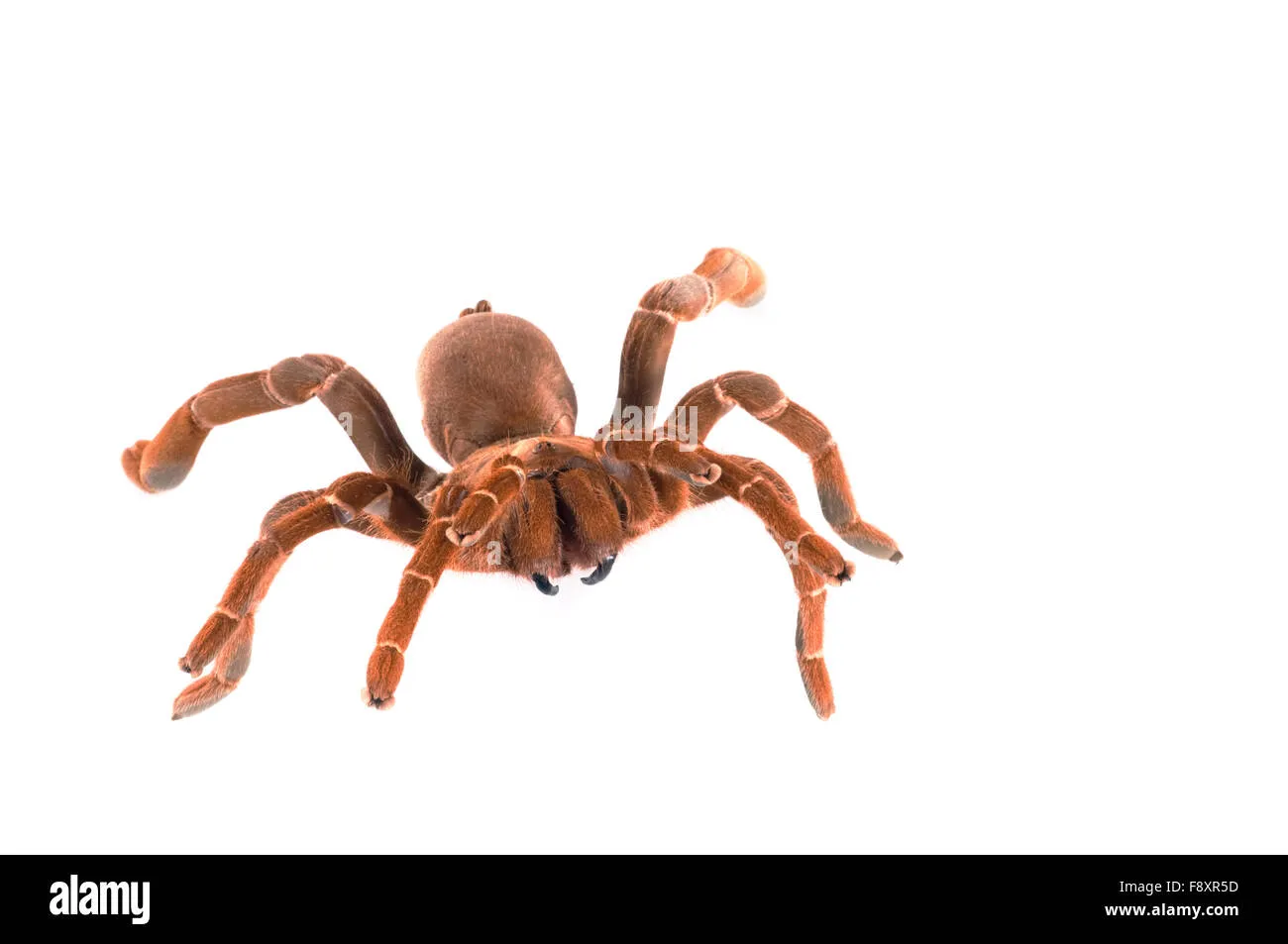
King Baboon Tarantula slings come from eggs laid by a female tarantula after mating. The female will lay the eggs inside a silken egg sac. She diligently guards the egg sac, protecting it from harm. The eggs incubate for several weeks, and after hatching, the spiderlings emerge as slings. These slings are miniature versions of the adult tarantula, and begin their lives with a distinct set of needs and vulnerabilities. The entire process, from egg to sling, is a fascinating display of nature’s survival mechanisms. Observing the early stages of life gives you a profound respect for the tarantulas lifecycle. The slings are then separated from their mother. They are very small, and the first instar slings look very delicate.
What Their Habitat is Like
In the wild, King Baboon Tarantulas prefer warm, humid environments. They construct burrows in the ground, lining them with silk to create a safe and stable home. The presence of tall grasses and scattered rocks provides cover, protecting them from predators and harsh weather conditions. The soil composition is typically a mixture of sand and loam, which allows for easy burrowing. These spiders are opportunistic hunters and will readily ambush prey. The humidity in these environments is essential for their survival, as it helps them to shed their exoskeletons. The slings mimic the adult behaviour, and also like to burrow. Careful research of the habitat is key to providing the best care.
Appearance and Characteristics of the Slings
King Baboon Tarantula slings are instantly recognizable by their distinct appearance, differing slightly from adults. Their coloration and overall features provide a valuable clue to identifying the species, and also assist in understanding its age. These slings are a miniature version of the adult, and you can see the characteristics that are unique to the species. Recognizing these features makes it easier to provide the right care, and is a key aspect of tarantula keeping.
Size and Coloration
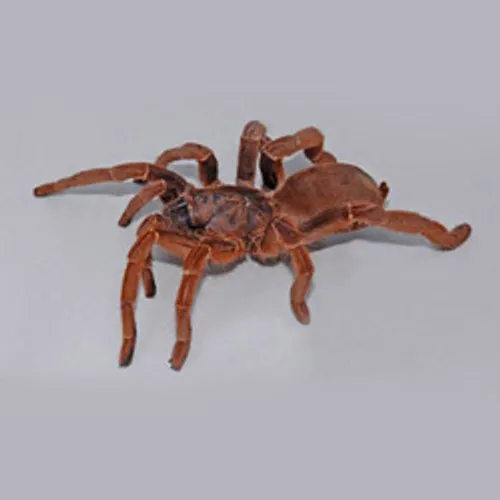
King Baboon Tarantula slings are small, typically measuring less than an inch in leg span. Their coloration varies with each molt, but often includes shades of brown and tan, with some reddish hues. The abdomen may exhibit darker patterns. As they grow, their colors intensify, developing the distinct markings of the adult tarantula. The size of the sling will depend on the age, and how many molts they have had. The colors can indicate the health of the sling. A healthy sling is more likely to have more vibrant colors.
Unique Features
One of the most distinctive features of the King Baboon Tarantula sling is its prominent fangs, which are used for hunting and defense. They also possess hairy legs, which they use to climb and feel their environment. Their abdomen is covered in fine hairs, which play a role in sensory perception. The carapace, or the top of their head, has a distinct shape that is characteristic of the species. These unique features, combined with their small size, make them a fascinating sight for any arachnid enthusiast. The features of the slings can be a good indication of the tarantulas health.
Diet and Feeding Habits of Slings
Feeding a King Baboon Tarantula sling requires a good understanding of their dietary needs. Slings, in their early stages, have specific requirements that differ from those of adult tarantulas. The right food in the right amount can help the slings to develop properly. Slings are voracious eaters, and feeding them properly is essential to help them thrive. Understanding their diet is key to the proper care of these fascinating creatures.
What Do They Eat
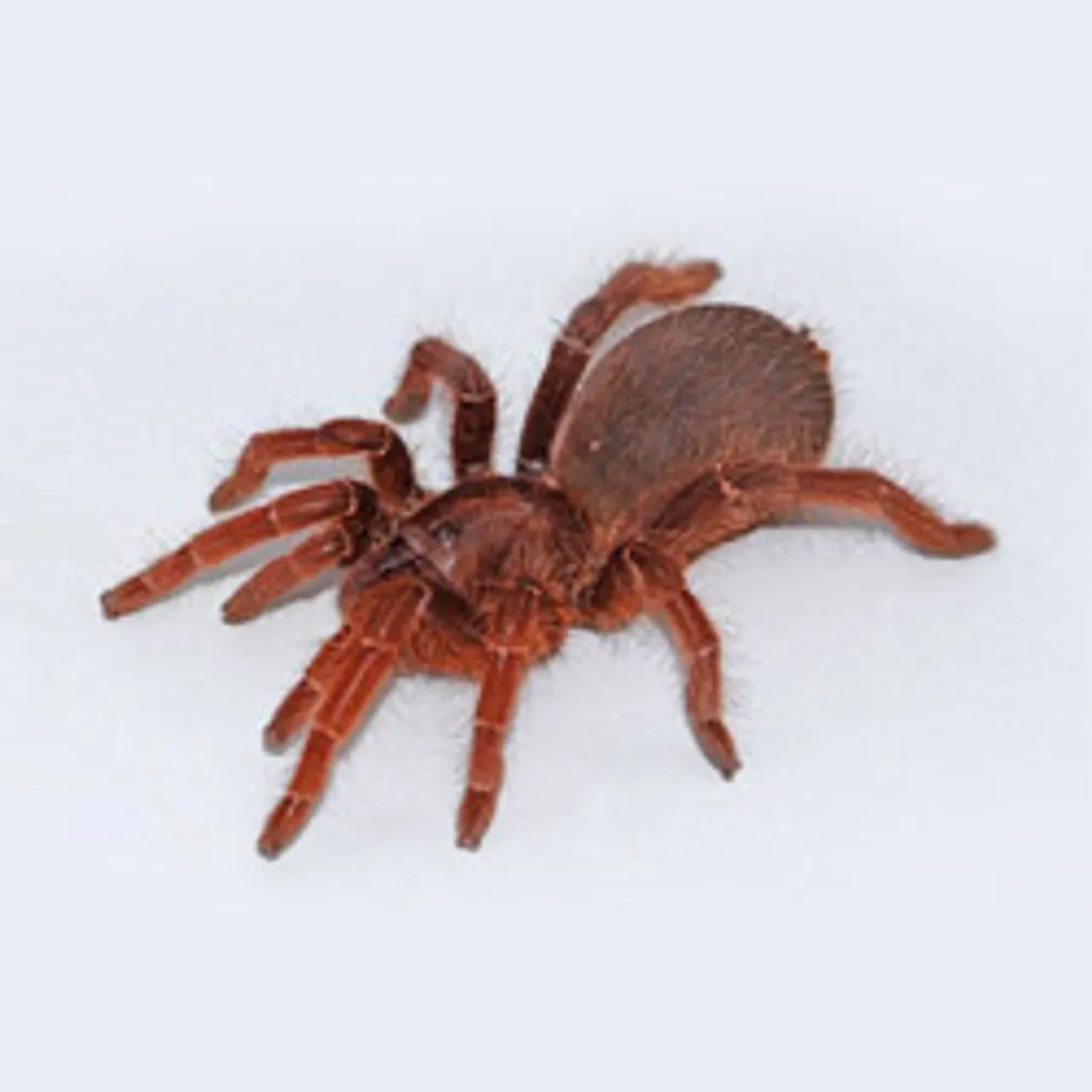
King Baboon Tarantula slings primarily feed on small insects, such as fruit flies, pinhead crickets, and small mealworms. These insects should be appropriately sized so the slings can eat them without difficulty. The slings use their fangs to grasp and inject venom into the prey. The size of the prey is important, as it should be about the same size as the sling’s body. The slings will not eat too much, so it is important to remove any uneaten prey. Providing the right kind of food will help the sling grow to maturity. The slings will also drink water, so a source of fresh water is important.
Feeding Frequency
Young slings should be fed frequently, typically two to three times a week, to support their rapid growth. As they molt and grow larger, the feeding frequency can be adjusted. It is crucial to monitor the sling’s abdomen. If it appears plump, it’s a good sign they are eating well. Overfeeding is not uncommon. Avoid offering too much food at once. Adjust feeding frequency based on their appetite and growth rate. Remove uneaten food within 24 hours to prevent mold and mites. Providing a consistent feeding schedule helps in monitoring the sling’s health, growth, and overall well-being. This helps with their molting process, and allows for a healthy development.
Care and Maintenance of King Baboon Tarantula Slings
Caring for King Baboon Tarantula slings requires attention to the smallest details. Their delicate nature makes proper setup and maintenance extremely important. Proper care, including the enclosure, and environmental controls will set the foundation for a long, healthy life. Creating a safe and comfortable environment is key to a successful tarantula keeping experience. Regular maintenance is important, and you must pay close attention to the needs of the sling.
Housing Requirements
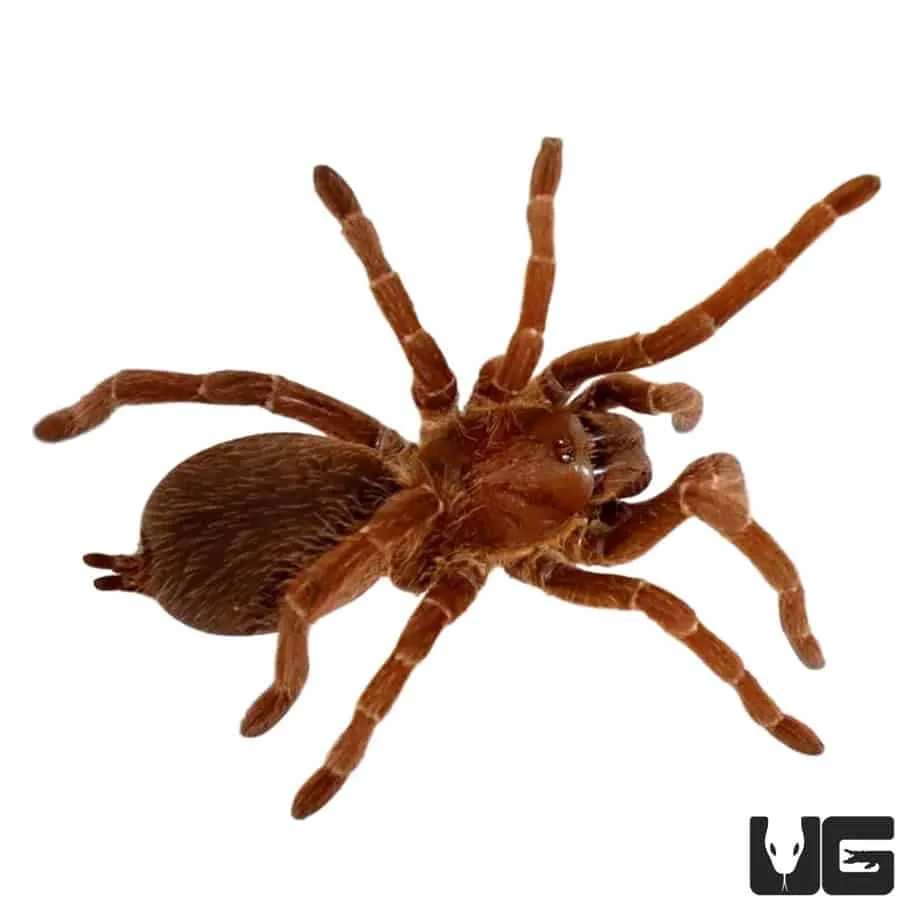
King Baboon Tarantula slings should be housed in a small, secure enclosure. A clear plastic container or a small terrarium is ideal, with proper ventilation. The enclosure should be no more than five times the sling’s leg span to prevent them from feeling overwhelmed. The substrate should consist of a mixture of coco fiber and vermiculite, which helps maintain humidity and allows for burrowing. Provide a small water dish and a hide, such as a piece of cork bark, for shelter. Ensuring the enclosure is escape-proof is essential, as slings are very small and can squeeze through tiny gaps. This will ensure that the sling has the perfect home, and ensure they do not escape. The enclosure should also be easy to clean.
Temperature and Humidity
Maintaining the correct temperature and humidity levels is crucial for the sling’s health and well-being. The ideal temperature range is between 75-85°F (24-29°C). Use a heat mat placed on the side of the enclosure. The humidity level should be around 60-70%, which can be achieved by misting the enclosure with water every other day. Use a hygrometer to monitor the humidity levels. Proper ventilation is also necessary to prevent mold growth. Regular monitoring of both temperature and humidity is important to ensure the sling’s enclosure remains in the ideal environment, and to prevent any health problems. Regular monitoring is important, and should be checked daily.
Temperament and Handling
Understanding the temperament of King Baboon Tarantula slings is essential for safe handling. These tarantulas are known for their defensive nature, making careful handling practices essential. It is important to remember that slings are vulnerable and can easily be injured. Always handle these tarantulas with extreme caution. Always respect the needs of the tarantulas, and never force any interactions. Recognizing their temperament and handling with proper safety measures creates a stress-free and enjoyable experience.
Are They Aggressive
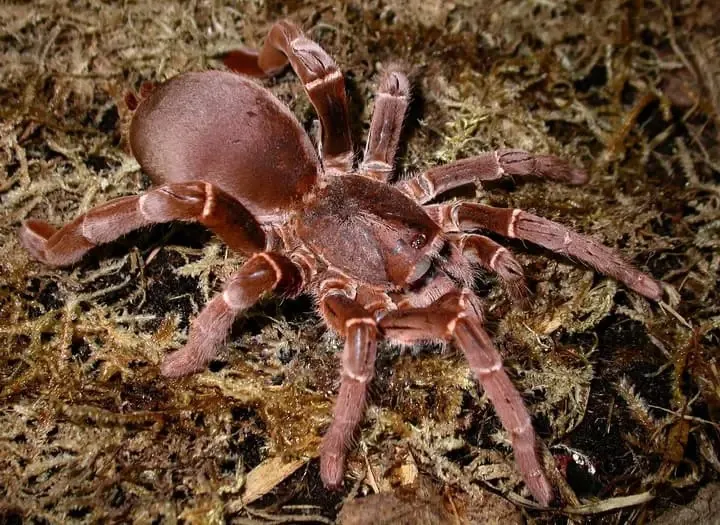
King Baboon Tarantula slings are generally defensive and can display aggressive behaviors, such as raising their front legs and exposing their fangs. They may also flick urticating hairs as a defense mechanism. It’s crucial to avoid provoking them. Recognizing their defensive behavior and understanding how they react can help avoid being bitten. Observing the tarantulas when not handling them, is a good way to learn their behavior. It is essential to handle them with care and to avoid any sudden movements. Their temperament is often influenced by their surroundings and any perceived threats.
Handling Precautions
If handling is necessary (e.g., for enclosure maintenance), do so with utmost care. Handle them as little as possible. Use a soft paintbrush to gently coax the sling onto your hand, if needed. Always keep them close to a soft surface, like a table, to prevent injury if they fall. Never handle a sling without close supervision. Washing your hands before and after handling is a crucial step to prevent contamination and the spread of germs. Their bites are not usually life-threatening to humans, but can be painful. Understanding the precautions can help you create a positive experience for both you and the tarantula. Always remember that prevention is key, so avoid handling if possible.
Conclusion
King Baboon Tarantula slings are fascinating creatures that offer a unique window into the world of arachnids. By understanding their origin, habitat, appearance, diet, and care requirements, you can ensure their health. Taking the time to research and provide the right environment allows you to appreciate these creatures fully. Their intriguing behaviors and unique characteristics make them an engaging subject of study. Proper handling is crucial to ensure both your safety and their well-being. With dedication and proper care, you can enjoy the journey of raising these captivating tarantulas. Enjoy watching the slings grow and transform!
